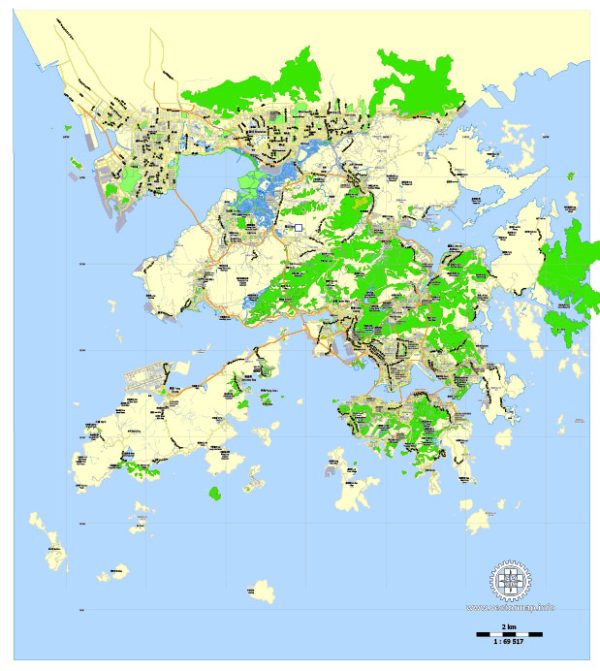The urban development of Hong Kong, Shenzhen, and other parts of China is a complex and dynamic story that spans several decades. Here, I’ll provide a brief overview of the history of urban development in Hong Kong and Shenzhen, two cities that have experienced significant growth and transformation.
Hong Kong:
- Colonial Era (1842-1997): Hong Kong was a British colony from 1842 until 1997. During this period, the city developed as a major trading and financial center. The Victoria Harbour became a key port, and the city’s skyline started to take shape with the construction of notable buildings.
- Post-World War II Industrialization: After World War II, Hong Kong experienced rapid industrialization, with manufacturing and textile industries becoming prominent. This led to a population boom and the development of residential areas to accommodate the growing workforce.
- Financial Center Development: In the latter half of the 20th century, Hong Kong transitioned from an industrial economy to a services-based economy, with a focus on finance, trade, and real estate. The skyline of Hong Kong Island and Kowloon saw the construction of iconic skyscrapers.
- 1997 Handover to China: In 1997, Hong Kong was handed back to China from British rule under the “one country, two systems” principle. This arrangement allowed Hong Kong to maintain a high degree of autonomy, contributing to its continued economic success.
- 21st Century Development: Hong Kong has continued to evolve as a global financial hub. Land reclamation projects, such as the development of Central and West Kowloon, have expanded the city’s land area. The skyline has continued to grow with the construction of modern skyscrapers.
Shenzhen:
- Special Economic Zone (SEZ) Designation (1980): Shenzhen, located in Guangdong Province, was designated as China’s first Special Economic Zone in 1980. This marked the beginning of its rapid transformation from a small fishing village to a major economic and technological hub.
- Rapid Industrialization: Shenzhen became a key player in China’s economic reforms, attracting foreign investment and becoming a center for manufacturing and export-oriented industries. The city’s population surged as migrant workers flocked to take advantage of new economic opportunities.
- Technology and Innovation Hub: In recent years, Shenzhen has transitioned from being primarily an industrial city to a global technology and innovation hub. It is home to numerous technology companies, startups, and research institutions, contributing to its reputation as China’s “Silicon Valley.”
- Urban Planning and Infrastructure: Shenzhen’s urban planning has focused on creating a modern, sustainable city. The development of green spaces, cultural institutions, and efficient public transportation has been a priority. The skyline has also transformed, with iconic buildings like the Ping An Finance Center.
Both Hong Kong and Shenzhen showcase the dynamism and adaptability of urban development in the region. While Hong Kong has a longer history and a unique blend of British and Chinese influences, Shenzhen’s rapid rise as a technological and economic powerhouse is emblematic of China’s broader development strategies.



 Author: Kirill Shrayber, Ph.D.
Author: Kirill Shrayber, Ph.D.